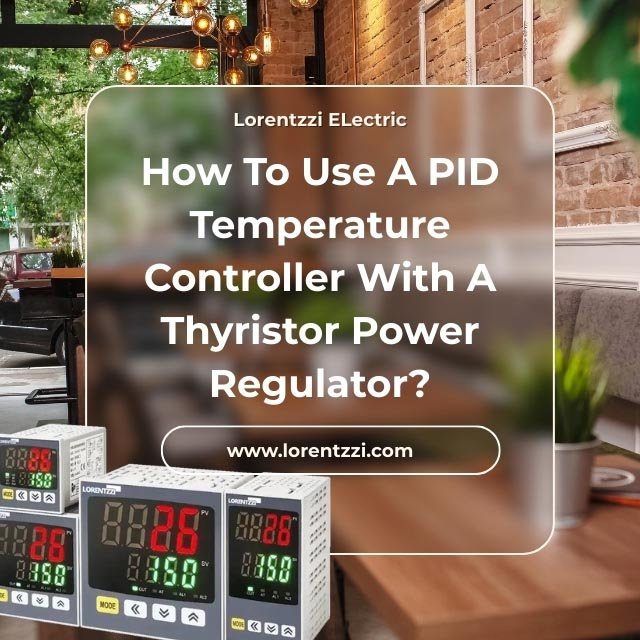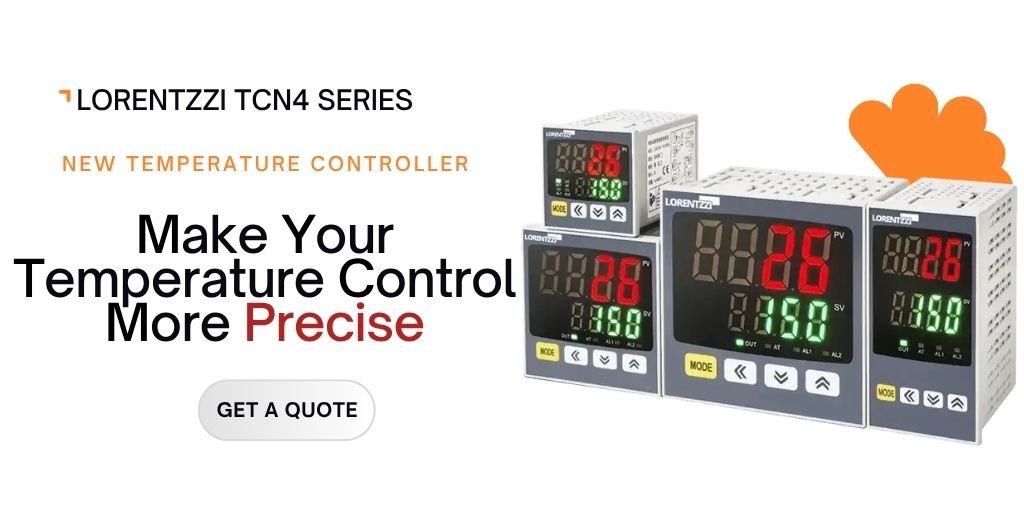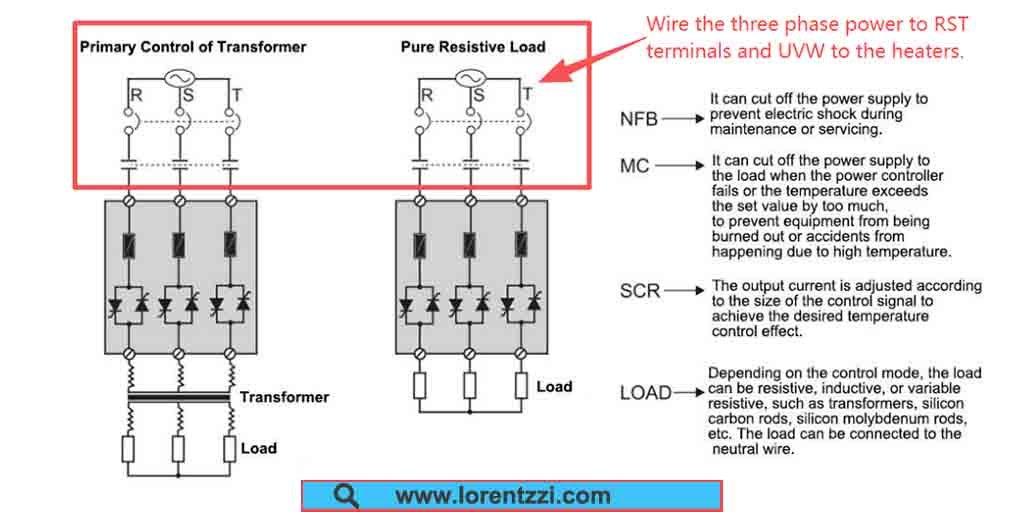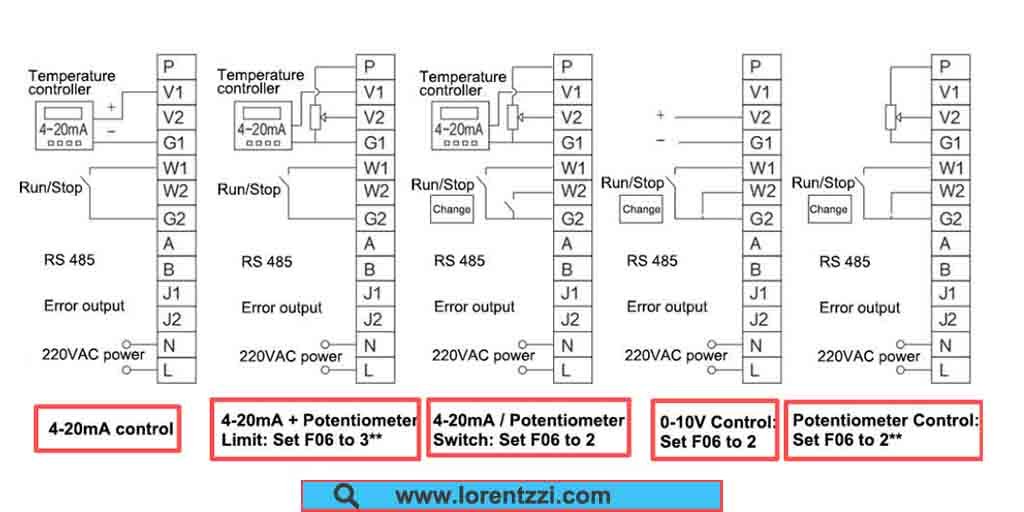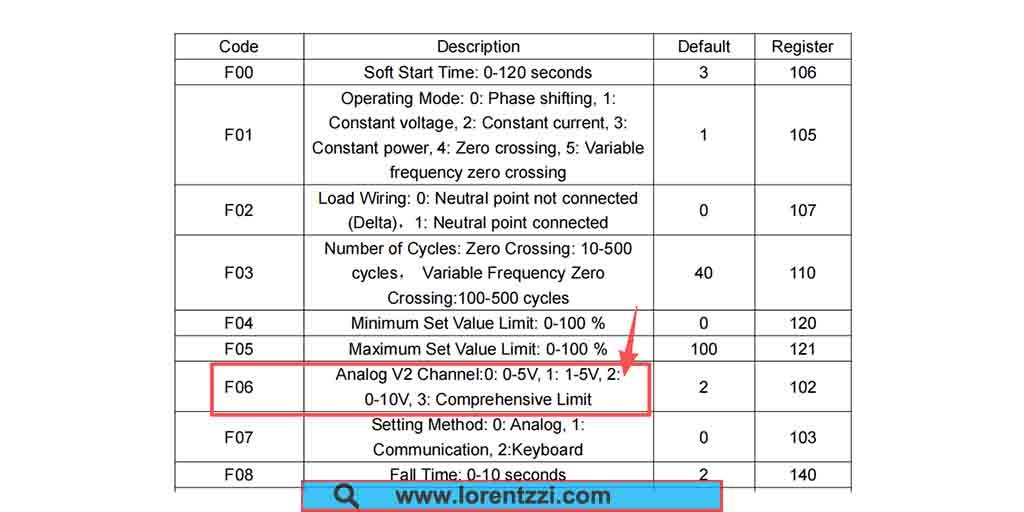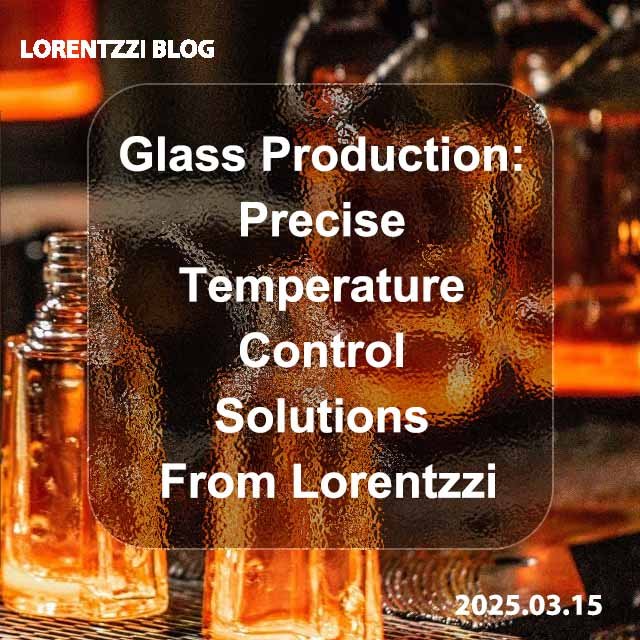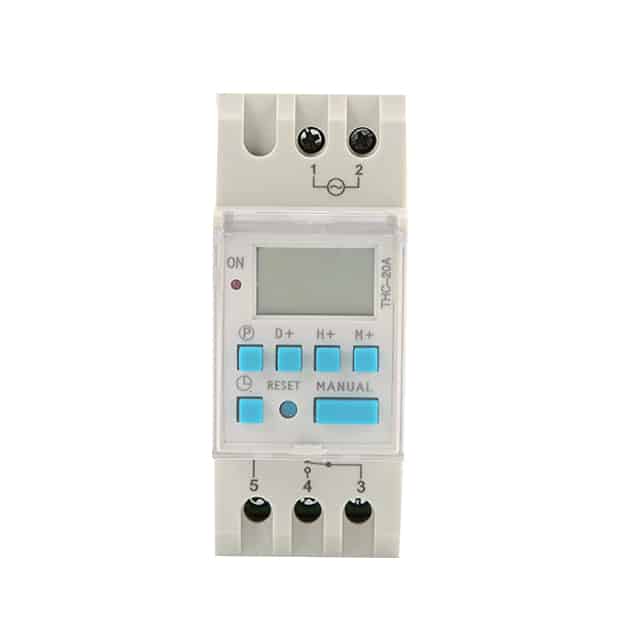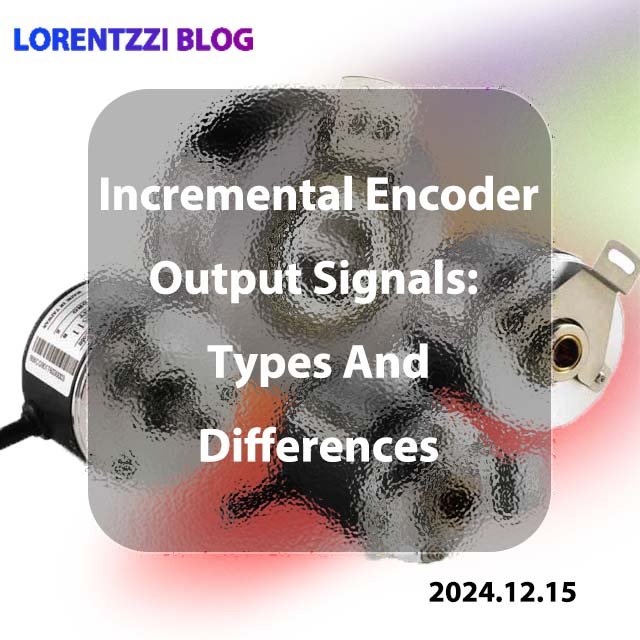Want more precise temperature control for your electric heater?
A PID temperature controller paired with a closed-loop thyristor power regulator is a better choice.
Why?
Because, as a closed-loop instrument, a thyristor power regulator can provide a constant current, constant voltage, or constant power to the heater, compared to open-loop solid-state relays or AC contactors.
But how do you use a PID temperature controller with a thyristor power regulator? This article provides a step-by-step tutorial.
Now let’s get it started!
What is the output of a PID temperature controller?
The output of a PID temperature controller can be a solid-state relay (SSR), relay, or 4-20 mA, 0-5 VDC, or 0-10 VDC analog signal.
If the PID temperature controller’s output is a solid-state relay (SSR), it typically provides 12 VDC to an external device. It’s also known as a wet contact, so this output can drive a DC-to-AC(to control an AC heater) or DC-to-DC(to control a DC heater) solid-state relay, as well as a 12 VDC coil-based general-purpose relay.
If the PID temperature controller output is a relay, it is like a voltage-free switch that can connect or disconnect a circuit. It is a dry contact, so it can generally be used with AC-controlled AC solid-state relays (external voltage is 220 VAC), DC-controlled AC SSRs (the external voltage connected to the relay output is a DC power supply) or AC contactors, but external voltage is required.
Now let’s further explain the analog output of the temperature controller.
A PID temperature controller can output two types of analog signals: a current signal, such as 4-20 mA or 0-20 mA; and a voltage signal, such as 0-5 VDC or 0-10 VDC.
Analog signal output is suitable for solid-state voltage regulators or thyristor power regulators. For example, as the analog signal increases or decreases, the control voltage (output voltage) also increases or decreases accordingly.
Therefore, it can be seen that compared with the simple on-off control of solid-state relays or AC contactors, solid-state voltage regulators or thyristor power regulators can linearly control the power of electric heaters, which will effectively reduce electric shock to the heaters and thus greatly extend their lifespan.
What is the input of a thyristor power regulator?
Now let’s discuss the input of a thyristor power regulator, generally, the thyristor power regulator input can be an analog signal or potentiometer.
These two control methods are completely different. The analog signal can come from a PID temperature controller or a PLC, so it can be said that the analog signal is an automatic signal that does not require manual adjustment. The signal will be automatically provided by the control unit.
Although the output voltage, output current, or output power of the thyristor power regulator can be manually adjusted using a potentiometer, the user needs to rotate the potentiometer to make adjustments, which may not be as accurate compared to analog signal control.
How to wire the two products?
Obviously, if you want to control the thyristor power regulator via a PID temperature controller, first the output of the temperature controller should be an analog signal such as 4-20mA, 0-20mA, 0-5VDC or 0-10VDC.
In the following part, we will guide you how to wire a PID temperature controller to an thyristor power regulator step by step:
Step 1: Choosing the right temperature controller
No matter the size of your temperature controller is 48 * 48 mm, 72 * 72 mm or 48 * 96 mm, please make sure the output is as mentioned before, its output must be an analog signal.
Step 2: Wiring the PID temperature controller correctly
The 2nd vital thing needed to do is wire the PID temperature controller correctly, you can use this tutorial on how to wire a PID temperature controller.
Step 3: Wiring the main power to thyristor power regulator correctly
As for the wiring diagram of the thyristor power regulator, the terminal positions may vary from supplier to supplier, but the wiring methods are basically the same.
Now we will take our LSCRTM series thyristor power regulator as an example to show you how to connect:
Please note that when connecting the main power supply to the thyristor power regulator, make sure that the protective switch such as MCCB(Molded Case Circuit Breaker) is in the off state, otherwise it may cause electric shock.
Step 4: Wiring the two products together
Now that both products are correctly wired, the next step is to connect them together.
We’ll continue using our LSCRTM thyristor power regulator as an example. The following diagram shows its wiring:
As you can see, the 4-20 mA analog signal from the PID temperature controller should be connected to terminals V1 and G1. Terminals W1 and G2 are the stop and run switches for the thyristor power regulator; they will only operate when these switches are closed.
Another important point to note is that we can correctly select the voltage control signal through the internal program.
For our LSCRTM thyristor power regulator, F06 is the control signal selection menu.
If your temperature controller’s output is 0-5 VDC at this point, F06 should be set to 0. The rest of the instructions are similar. Refer to the diagram below:
Step 5: Test and trial run
After completing the above four steps, the next step is to power up both products and begin testing.
First, turn on the main power to the thyristor power regulator; then turn on the PID temperature controller; and finally, open the switch between W1 and G2.
You should then see the temperature on the PID temperature controller gradually rise, indicating that the electric heater’s temperature is increasing.
You can test it for a few hours to see whether it can work normally without any problem. Then put it into the real production.
Conclusion
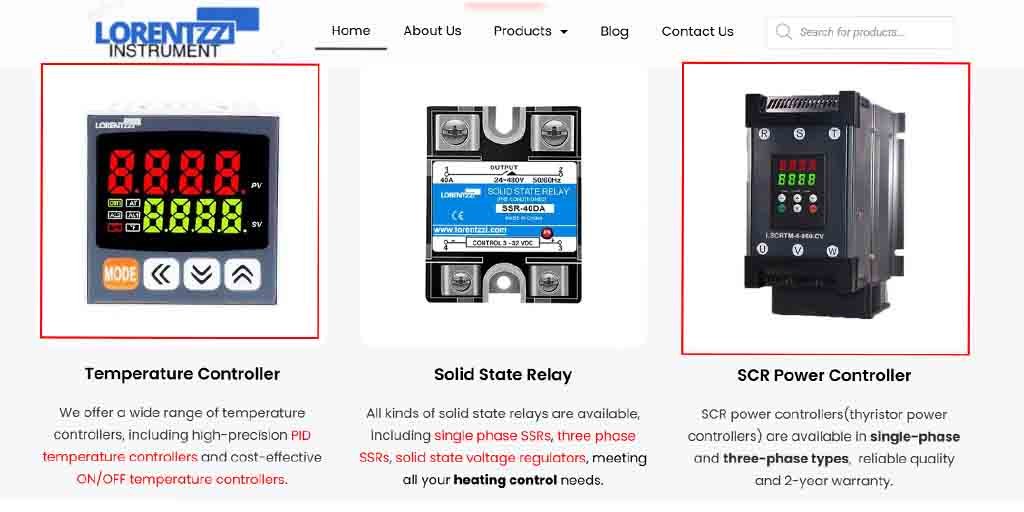
In summary, closed-loop thyristor power regulators are a good choice for more precise temperature control systems. External voltage or current fluctuations will not affect the heating performance, while on/off actuators such as SSRs or AC contactors will be more affected.
And through the above explanation, we think now you can use the PID temperature controller correctly with a thyristor power regulator.
If you still have doubts, please contact us for free technical support or product inquiry.
Lorentzzi® can supply not only precise PID temperature controllers and thyristor power regulators, but also can provide a one-stop temperature control solution for you.

